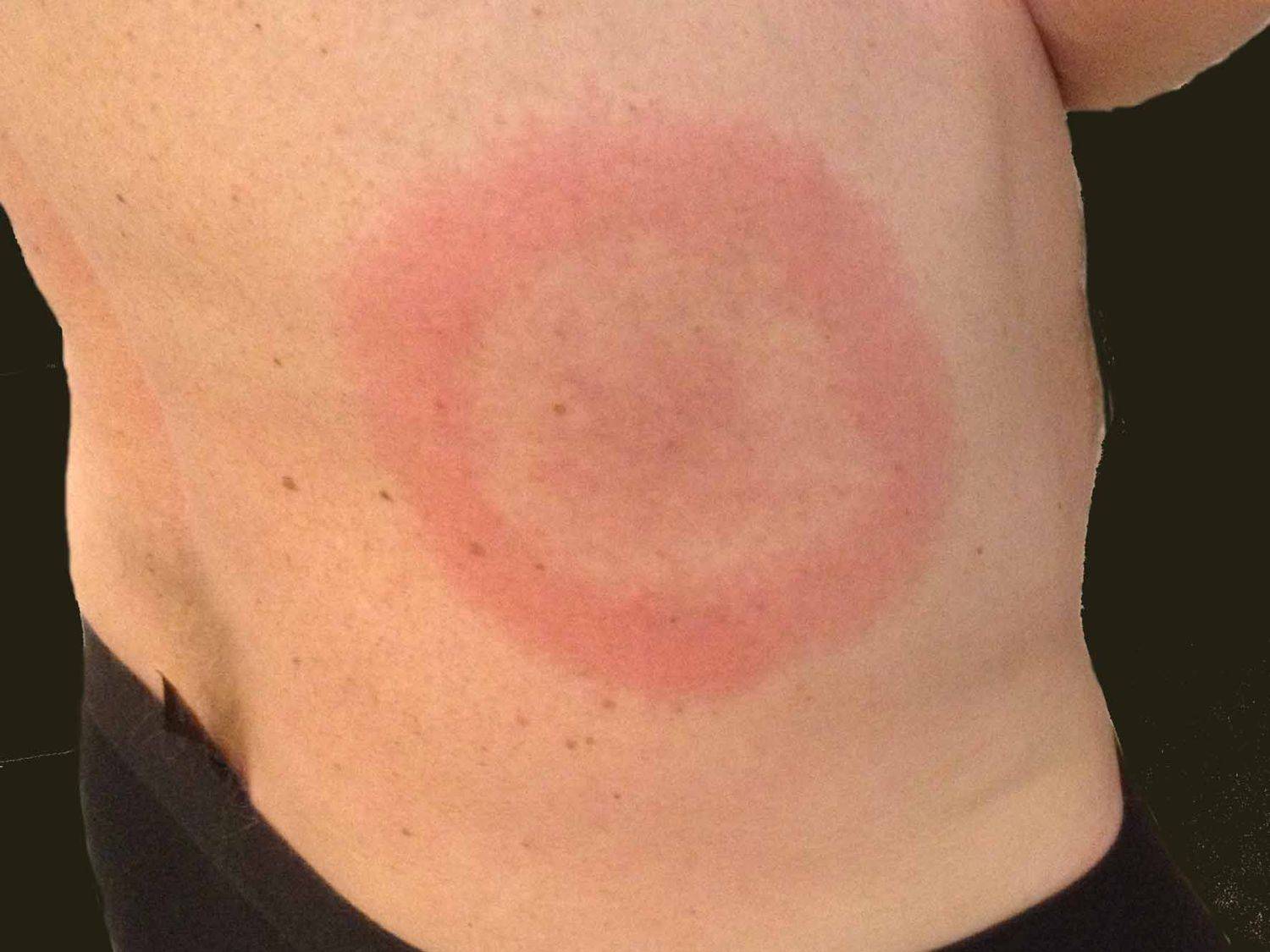Safeguarding Against Lyme Disease: A Comprehensive Guide to Prevention
Introduction
Lyme disease, caused by the bacterium Borrelia burgdorferi, is transmitted through the bite of infected black-legged ticks commonly known as deer ticks. It can lead to a range of symptoms, from mild to severe, including fever, headache, fatigue, and in some cases, long-term complications affecting the joints, heart, and nervous system. With the prevalence of Lyme disease on the rise in many parts of the world, it's imperative to understand effective prevention strategies. In this comprehensive guide, we'll delve into various methods to protect yourself and your loved ones from Lyme disease.
Understanding the Threat
Lyme disease is most commonly found in wooded and grassy areas where ticks thrive. Ticks are particularly active during warmer months, from spring through fall. Regions with dense populations of deer, mice, and other animals that ticks feed on tend to have higher rates of Lyme disease.
Prevention Strategies
1. Wear Protective Clothing:
- When venturing into areas where ticks are prevalent, wear long sleeves, long pants, and closed-toe shoes to minimize skin exposure.
- Tuck your pants into your socks or boots to create a barrier that makes it harder for ticks to reach your skin.
- Choose light-colored clothing to make it easier to spot ticks.
2. Use Insect Repellent:
- Apply insect repellents containing DEET, picaridin, or permethrin to exposed skin and clothing.
- Follow product instructions carefully, especially when applying to children, and avoid applying repellent to their hands, eyes, and mouth.
3. Perform Regular Tick Checks:
- After spending time outdoors, thoroughly check your body for ticks, paying close attention to areas such as the scalp, behind the ears, under the arms, around the waist, and between the legs.
- Consider showering promptly after outdoor activities to wash away any unattached ticks.
4. Create Tick-Safe Zones in Your Yard:
- Keep grass mowed short and remove leaf litter, brush, and weeds from around your home to reduce tick habitat.
- Create a barrier between wooded areas and your yard by installing a three-foot-wide strip of wood chips or gravel.
5. Treat Pets for Ticks:
- Ensure your pets are on tick prevention medication recommended by your veterinarian.
- Check your pets for ticks regularly, especially after they've been outside.
6. Consider Landscaping Modifications:
- Create a buffer zone between wooded areas and your living space by using gravel, wood chips, or other landscaping materials.
- Prune trees and shrubs to let in more sunlight, as ticks prefer shady, moist environments.
7. Be Cautious When Handling Wildlife:
- Avoid touching or handling wild animals, as they may carry ticks.
- If you encounter a tick-infested animal on your property, contact local animal control services for assistance.
8. Educate Yourself and Others:
- Stay informed about Lyme disease transmission, symptoms, and prevention methods.
- Share your knowledge with friends, family, and community members to raise awareness and promote proactive prevention efforts.
9. Consider Tick-Control Measures:
- In areas where Lyme disease is endemic, consider implementing tick-control measures such as applying pesticides or using biological controls like tick predators.
- Consult with local health authorities or pest control professionals for guidance on the most effective strategies for your area.
10. Seek Prompt Medical Attention:
- If you develop symptoms of Lyme disease, such as a rash resembling a bull's-eye, fever, chills, fatigue, muscle and joint aches, or swollen lymph nodes, seek medical attention promptly.
- Early diagnosis and treatment with antibiotics are crucial for preventing the progression of Lyme disease and reducing the risk of long-term complications.
Conclusion
Preventing Lyme disease requires a combination of awareness, vigilance, and proactive measures. By adopting the strategies outlined in this guide, you can significantly reduce your risk of encountering ticks and contracting Lyme disease. Remember to stay informed, take precautions when spending time outdoors, and seek medical attention if you suspect you've been exposed to ticks or develop symptoms of Lyme disease. With a concerted effort, we can protect ourselves, our families, and our communities from this potentially debilitating illness.


